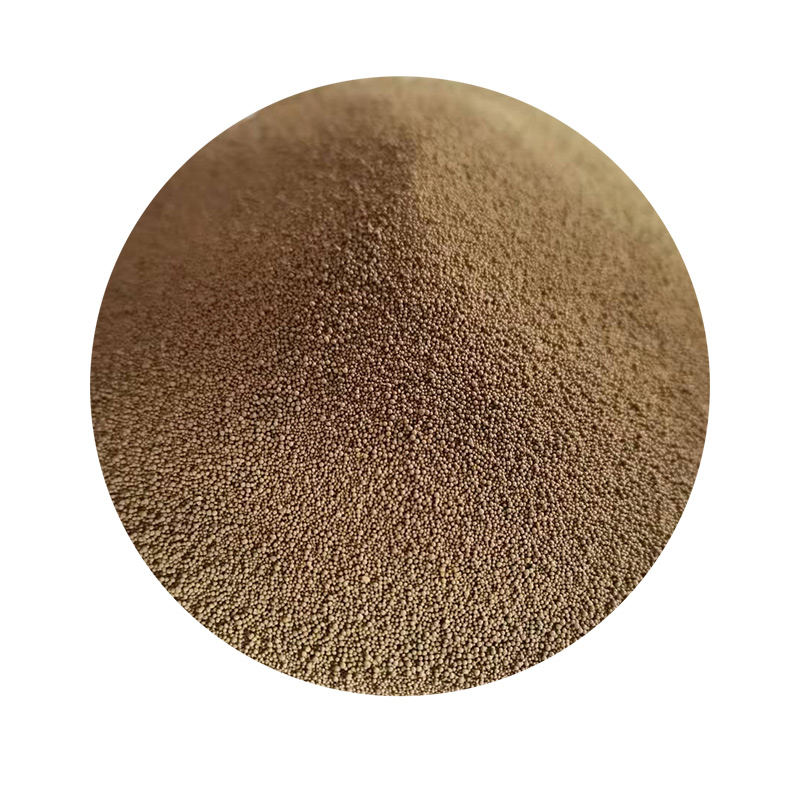The Art and Process of Large Sand Casting
Sand casting is one of the oldest and most versatile methods of metal fabrication, particularly suitable for creating large and complex parts. This process involves the use of sand as a mold material to form intricate shapes that would be challenging or impossible to produce using other manufacturing techniques. Large sand casting is particularly significant in industries such as aerospace, automotive, marine, and heavy machinery, where robust and precision-engineered components are crucial.
Historical Background
The history of sand casting dates back thousands of years, with the earliest forms appearing in ancient civilizations. Artisans in Egypt and China utilized sand molds to cast bronze tools and ornamental pieces, while the Romans advanced the process, incorporating it into large-scale production. Over time, the methods have evolved, but the fundamental principles remain largely unchanged.
The Sand Casting Process
The sand casting process involves several key steps
1. Mold Creation The first step in sand casting is creating the mold. This is typically done by compacting sand around a pattern that reflects the shape of the desired final product. The pattern can be made from various materials, including wood, metal, or plastic, depending on the size and complexity of the object. For large castings, the pattern may need to be constructed in sections to make handling and mold creation more manageable.
2. Core Making In cases where the casting requires internal features or hollow sections, cores made from sand are placed in the mold. These cores must be designed to withstand the molten metal’s heat and contribute to the structure's integrity.
3. Melting and Pouring The chosen metal is melted in a furnace, reaching temperatures often exceeding 1,500 degrees Celsius (about 2,732 degrees Fahrenheit) depending on the metal type. Once the metal is molten, it is carefully poured into the sand mold, filling the cavity shaped by the pattern and any cores.
large sand casting

4. Cooling and Solidification After pouring, the molten metal begins to cool and solidify. The cooling time can vary based on the metal type, the size of the casting, and the complexity of the mold. Larger castings require more time to cool completely to avoid defects like cracking or warping.
5. Mold Removal and Finishing Once the metal has solidified, the sand mold is broken away to reveal the casting. This is often followed by a series of finishing processes, such as grinding, machining, and surface treatment, to achieve the desired specifications and surface quality.
Advantages of Sand Casting
One of the primary advantages of large sand casting is its ability to produce complex geometries that would be incredibly difficult to create using other methods. The flexibility of sand as a molding material allows for intricate designs with more liberal tolerances. Additionally, sand casting can accommodate a wide variety of metals, from aluminum and bronze to iron and steel.
The cost-effectiveness of large sand casting is also noteworthy. While the initial investment in patterns and molds can be significant, the ability to produce large quantities of castings reduces the per-unit cost significantly. Moreover, sand is abundant and inexpensive, making it an economical choice for many manufacturers.
Challenges and Considerations
Despite its many advantages, large sand casting does come with challenges. The process requires careful control of temperature and pouring techniques to minimize defects such as shrinkage, porosity, and inclusions. Furthermore, the finishing steps after casting can be labor-intensive, especially for larger components, often resulting in longer lead times.
Conclusion
Large sand casting remains a vital manufacturing process in today’s industrial landscape, offering unique advantages in producing large, complex metallic components. Its rich history, combined with modern technological advancements, continues to make it a preferred choice for many industries. As manufacturers seek more cost-effective and efficient ways to produce high-quality parts, large sand casting will undoubtedly retain its importance in the world of metal fabrication.
Post time:Dùbh . 25, 2024 08:13
Next:Sustainable Practices in Foundry Sand Reuse and Management for Environmental Benefits
